When it comes to printing technologies, Direct-to-Film (DTF) printing has been gaining traction as a viable alternative to traditional methods like screen printing and heat transfer printing. In this comprehensive analysis, we will delve into the key differences between DTF printing and these mainstream printing technologies, focusing on quality, cost, and production efficiency.
Quality:
DTF Printing:
DTF printing excels in delivering high-resolution prints with vibrant colors and intricate details. Its versatility allows for printing on various materials such as textiles, plastics, and metals.
Screen Printing:
While screen printing provides sharp and durable prints, reproducing fine details and gradients can be challenging. Additionally, it is limited to flat surfaces.
Heat Transfer Printing: Heat transfer printing can yield high-quality prints initially, but the quality may degrade over time due to wear and washing. It is most effective on light-colored substrates.
Cost:
DTF Printing:
DTF printing offers a cost-effective solution, particularly for small to medium-sized print runs. Its minimal setup requirements and lower ink consumption contribute to reduced costs.
Screen Printing:
Screen printing can be cost-effective for large-volume production, but the setup costs and materials involved, such as screens and inks, can add up.
Heat Transfer Printing: The cost of heat transfer printing depends on the transfer paper and ink used. For small-scale projects, it can be more expensive than DTF printing due to setup and material costs.
Production Efficiency: DTF Printing:
DTF printing stands out with its fast turnaround times and on-demand printing capabilities. It is the ideal choice for businesses that require quick production and customization.
Screen Printing:
Screen printing involves a longer setup process, and its production speed is generally slower compared to DTF printing. It is better suited for high-volume projects with minimal design changes.

Heat Transfer Printing:
Heat transfer printing requires an additional step of transferring the design onto the substrate, which can be time-consuming. It is not as efficient as DTF printing, especially for small-scale projects.
In conclusion, DTF printing offers numerous advantages over screen printing and heat transfer printing in terms of quality, cost, and production efficiency. Its ability to deliver high-quality prints, cost-effectiveness, and on-demand production capabilities make it a preferred choice for businesses in various industries. As the printing landscape evolves, more businesses are embracing DTF printing as a reliable and efficient solution to meet their diverse printing needs.
Heat Transfer Printing: Heat transfer printing requires an additional step of transferring the design onto the substrate, which can be time-consuming. It is not as efficient as DTF printing, especially for small-scale projects.
In conclusion, DTF printing offers numerous advantages over screen printing and heat transfer printing in terms of quality, cost, and production efficiency. Its ability to deliver high-quality prints, cost-effectiveness, and on-demand production capabilities make it a preferred choice for businesses in various industries. As the printing landscape evolves, more businesses are embracing DTF printing as a reliable and efficient solution to meet their diverse printing needs.


Comentarios